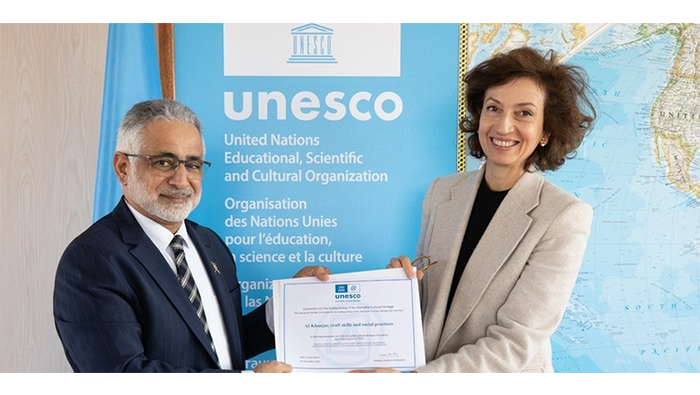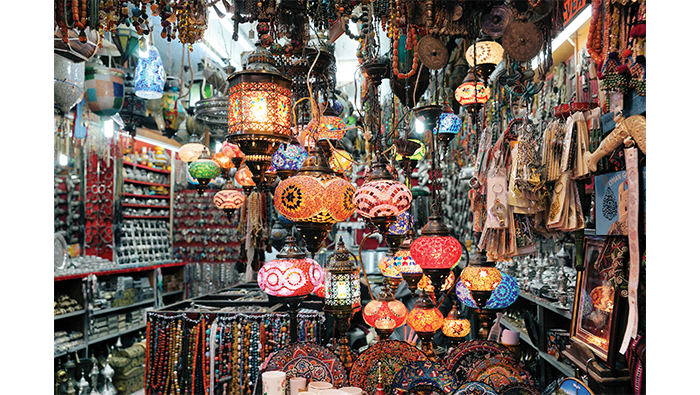

While I was browsing at one of the ‘traditional’ markets, I overheard two Europeans saying that they were looking for something authentic and Omani. They were obviously tourists and the cameras that were hanging by their sides testified to that.
I looked around the marketplace and found very little that would remind me of Omani heritage.
Apart from the Khanjars (daggers) and deles (coffee pots), nothing else remotely resembled the local culture in the line of shops that formed the long arcade. The two foreigners looked at carpets but they were either Turkish or Afghani. The old ornaments were Indian, clothes were from Japan and even the turbans were imported from faraway lands. The beautifully decorated souq was a work of art and that is probably where the planners need to think. Perhaps the original place crumbled to dust and was beyond repair. In a bad attempt to revive it, the bulldozers razed down the last evidence of the great tradition to be replaced by a shining replica.
The result was that the whole thing was new. The majority of the shopkeepers were not Omanis. No wonder the tourists looked bewildered as they walked down the arcade. Their brochures had listed the souq as “authentic Omani market” but all they could see was a little foreign place mimicking the past. My visit there was brief. I doubt if the visitors found what they wanted. As I was leaving the place, I turned to take a last look. I saw the ghosts of the old souq with old sellers squatting on the matted floor talking to customers. They had long, white beards and white turbans covered their heads. The air smelled of spices, dry fish and fresh coffee. There was also a commotion of noises made by livestock, auctioneers and clanging of the hammers from the silversmiths.
The floor was dusty, the walls of stone and the doors and windows solid teak.
The air was also filled with generosity since everybody was as poor as the next person but content with what they had. There was also laughter and nobody really cared whether it was the weekend or middle of the week. All that has now been replaced by plastic decorations, greed and a terrible hurry to make a quick sale. There was a twinge of sadness in me as I walked away from the place. We invite tourists to show them a piece of foreign culture in a country rich in tradition. The irony is that, as the years pass by, the void left behind as the bulldozers march forward, will leave the country much poorer in a way of originality. Yes, there are still forts dotted around the country to remind us of the heritage but the original way of life is now a retreating phenomenon.
If you say that the price of progress is high, then you are definitely wrong. Heritage is a birthright that can live side by side in harmony with development. There is no conflict between the two. The past has always a place in the hearts of those who value history. The past belongs to no particular generation but to all generations to come. We don’t travel to another country to see what we already have at home if we preserve our heritage.